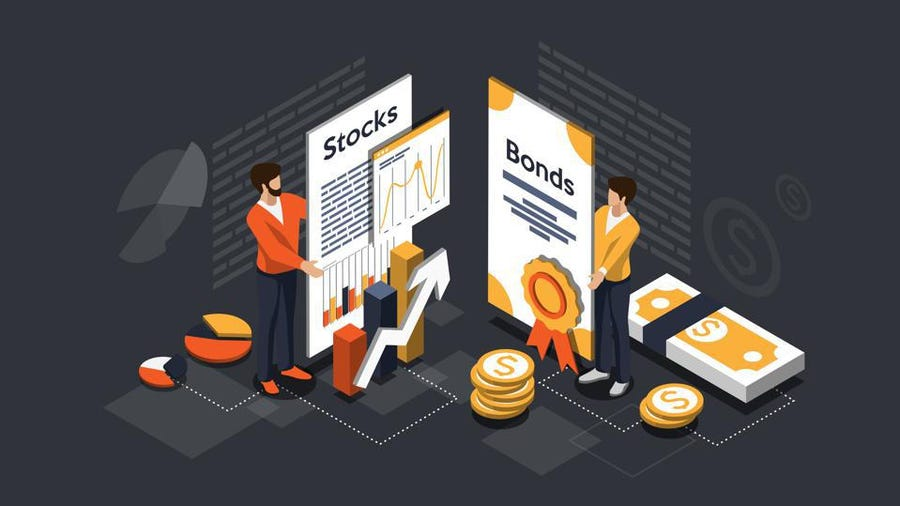Uncertainty of losses
We have learned about 2 main asset classes in depth and I think you would have gotten a good amount of information about how those asset classes look like. I have told you that investing in equity for a long term period would be much safer than investing for a short run. Similarly for debt but it is completely opposite.
You always have some uncertainty, that your investment might occur a lose, that term can be defined as “Risk”
Risk can be defined as the probability or likelihood of occurrence of losses relative to the
expected return on any particular investment.
To minimize the investment risk you can follow these steps:-
1. Identify the risks applicable to an investment
2. Measure the risk
3. Manage the risk appropriately.
People at a young age have a relatively higher risk appetite due to several factors. We can also calculate risk initiated while buying a stock with risk adjusted ratios (RAR).
There several types of risk covered:-
Inflation risk
Inflation risk is the possibility that the return earned on investment may not be able to beat
Inflation.
The nominal value or return on an investment is the pre-inflation absolute value or return.
Once adjusted for inflation, it is known as a real value or return.
Inflation risk is highest in fixed return instruments, such as bonds, deposits, and debentures.
Real return = ((1+nominal return) / (1+inflation rate)) – 1
I had mentioned that FDs give you an return of almost 6%, and the inflation rate is around 7% meaning that throughout the your money is just increasing in numbers while its value is decreasing.
Credit Risk
Credit risk is the risk of non-payment of a loan by the borrower.
The borrower can default on repayment obligations due to various reasons such as, poor cash
flows making it difficult to pay the interest and the principal amount, rising interest rates in case
of floating interest rate loans, change in market conditions, business failure, unwillingness to
repay, etc.
Securities issued by GOI do not carry any risk of default. As they are backed by the sovereign
Government.
Default risk can be assessed by tracking the credit rating of an investment.
SEBI has standardized the rating symbols used by the credit rating agencies so that investors
can easily gauge the level of credit risk assigned to an instrument.
Liquidity Risk
In some cases, illiquidity is created by the issuer of a debt instrument to ensure that funds
remain invested. Some instruments may have a lock-in period or minimum holding period to
discourage investors from early withdrawal.
Market liquidity risk is the possibility that when you need to trade, the market liquidity is poor,
making it difficult to buy or sell assets.
Business Risk
Business risk can be defined as uncertainties or unexpected events, which are beyond control.
The two primary factors that result in business risk are:
1. Internal Risk: The risks that emerge as a result of the events occurring within the
organizations is termed as an internal risk.
2. External Risk: The risk arising as a result of the events external to the firm and so the
firm’s management has no control over it.
Exchange Rate Risk
Exchange rate risk is incurred due to changes in the exchange rate of domestic currency
relative to a foreign currency.
If the domestic currency depreciates (falls in value) against foreign currency, the value of the
foreign asset goes up in terms of the domestic currency, and the value of domestic assets in
terms of the foreign currency goes down.
If domestic currency appreciates (increase in value) against foreign currency, the value of the
foreign asset goes down in terms of the domestic currency, and the value of the domestic
assets in terms of the foreign currency goes up.
Well guys there are various types of risks, these were the main types of risk.Risks are events that are passed through and in the next post we will check how can we calculate the amount of risk associated with the investment.



Comments
Post a Comment